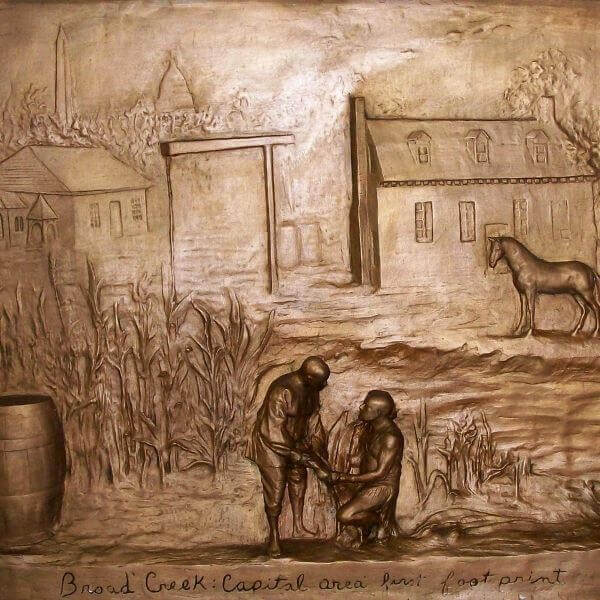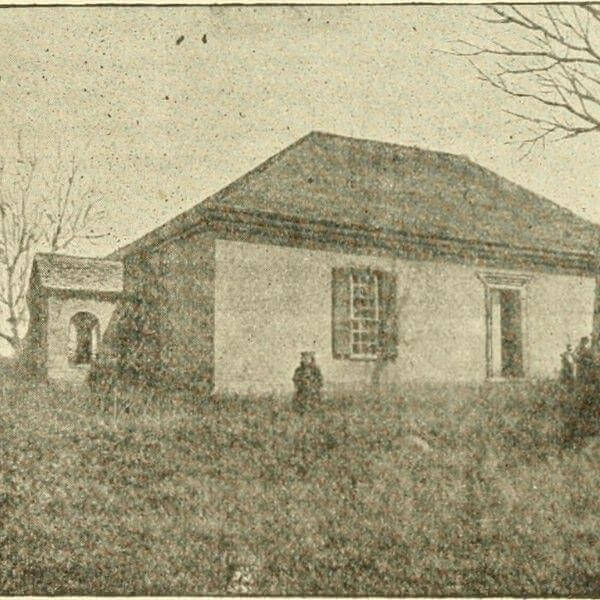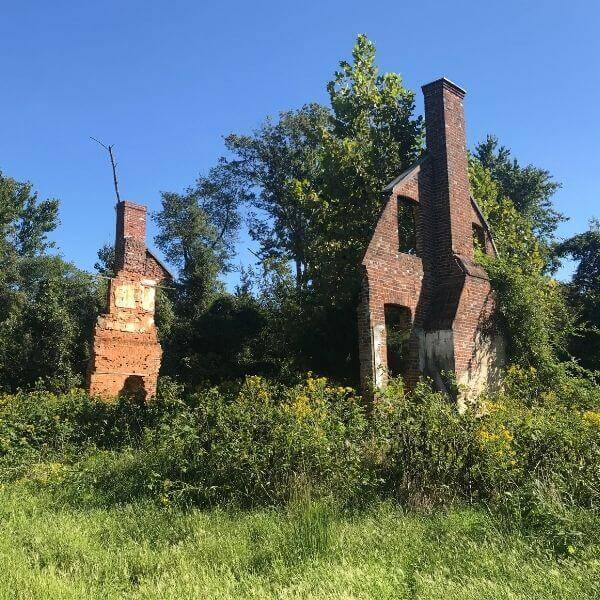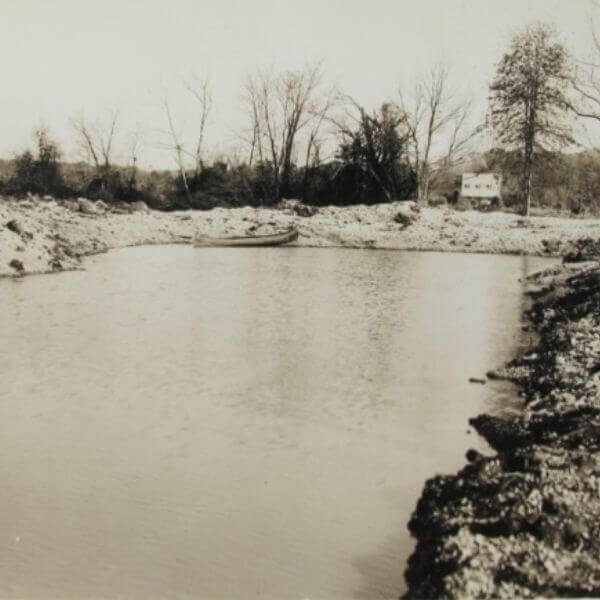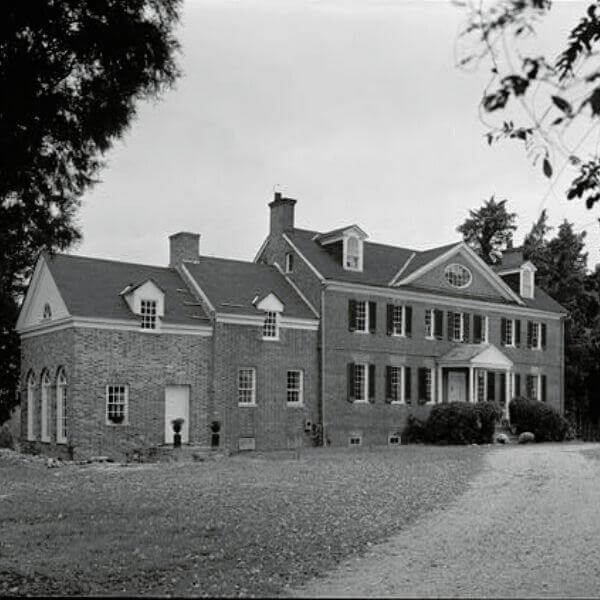Preservation
Historic places in Broad Creek:
National Register of Historic Places & Structures
Broad Creek Historic District,
Nationally Registered Historic Places & Structures
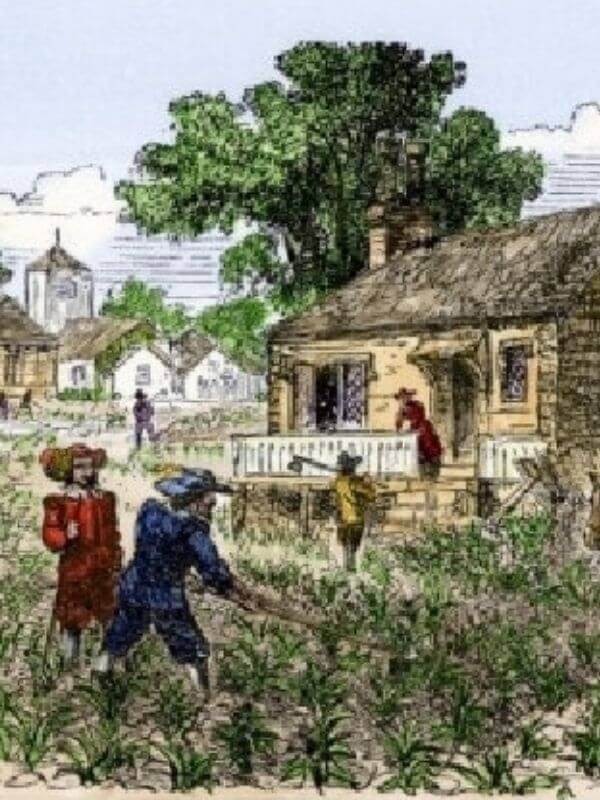
Broad Creek
(c. 1690)
Broad Creek port city was a site of commerce since the 1690s.
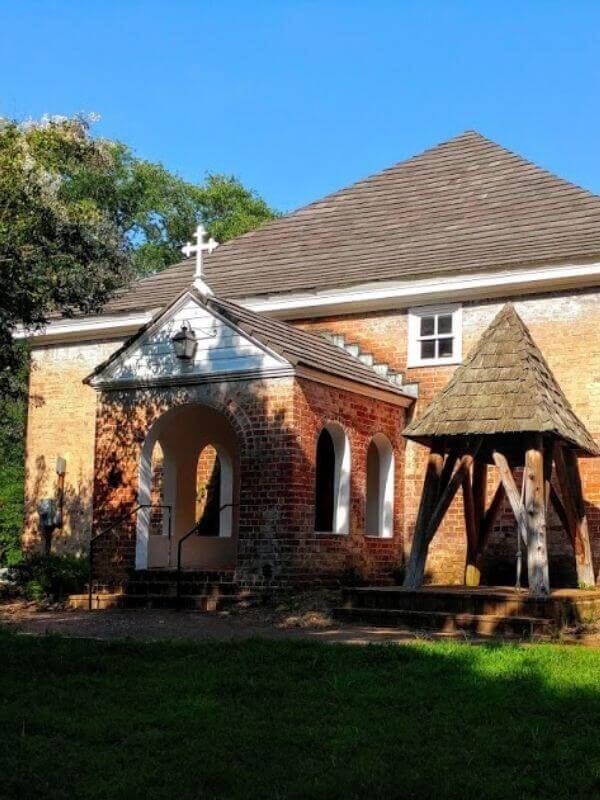
St. John’s Church
(c. 1692)
The first Episcopal church in the Washington DC area.
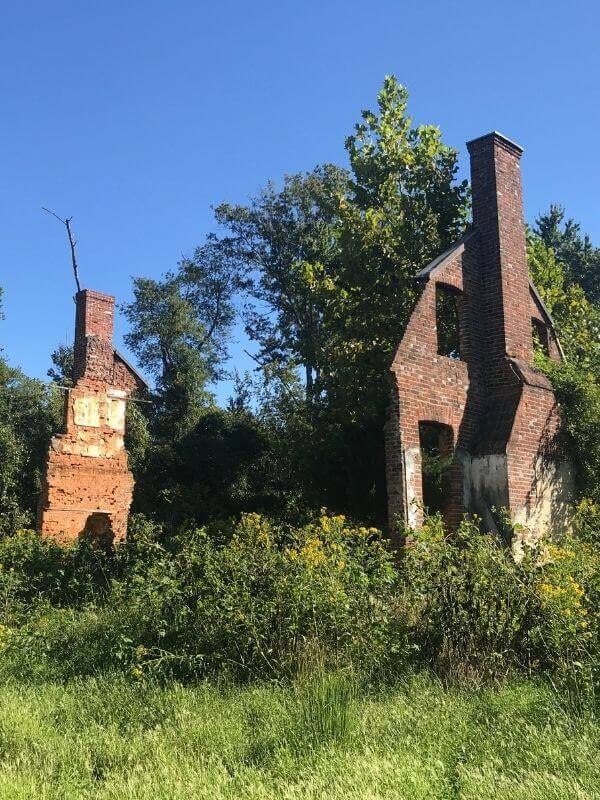
Want Water
(c. 1708)
Want Water is the oldest ruins in the Washington DC area.
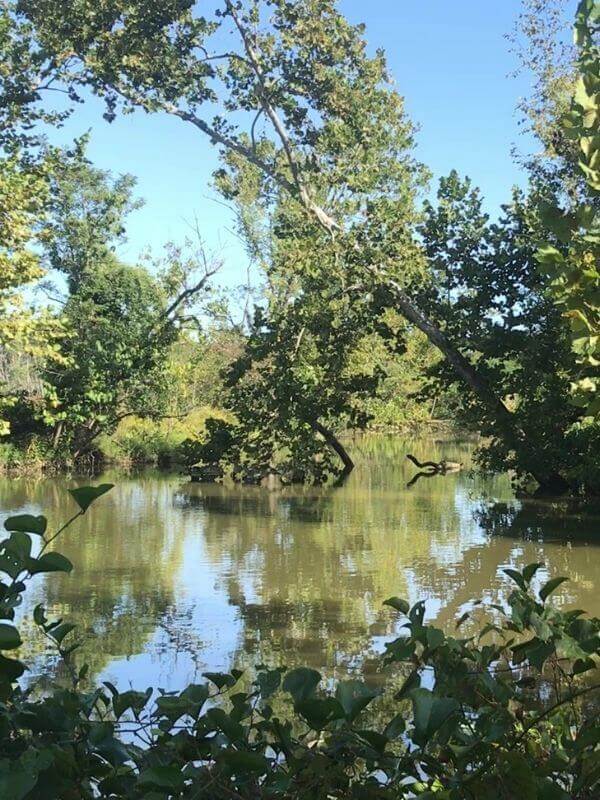
Want Water Canal
(c. 1749)
A 100 yard long canal to ship tobacco to merchant ships.
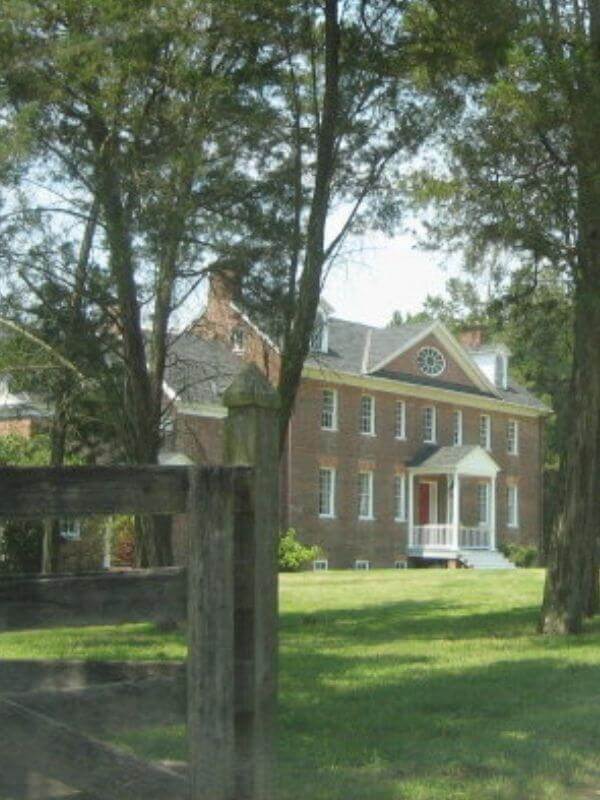
Harmony Hall Manor
(c. 1769)
Georgian-style home built by merchant, Enoch Magruder.
Broad Creek
Broad Creek
Broad Creek is mile-long area along the Potomac River. It’s an estuary where the Piscataway Indian civilization once hunted and fished.
Broad Creek was a historic port town, also called Aire/Ayres. In 1662, a patent (land lease) was granted for a 500-acre tract called Battersea. It was the site of commerce since the 1690s. Over the next 100 years, it was a prosperous center of trade, with taverns, a shipbuilder, a tobacco warehouse, international merchants, and African slaves.
In 1985, Prince George’s County designated Broad Creek the first historic district. It is the only rural historic district in the county. Broad Creek Historic District (BCHD) spans 455 acres. In 2011, BCHD earned designation as a National Register of Historic Place.
BCHD includes historic places, St. John’s Church, Want Water, Want Water Canal, Harmony Hall Manor, and Piscataway House.
Broad Creek represents the oldest intersection of Native American, African American, and European Colonial cultures in the Washington DC area.
St. John’s Church at Broad Creek
St. John’s Church
King George’s Parish (originally called Piscataway Parish) was established in 1692 as one of the thirty original Church of England parishes in Maryland. The first St. John’s church was built in 1695 on a tract known as Little Hall. The parish came to be known as the “mother church” of many others established in the Washington area. The current brick church building, which replaced earlier frame structure, date from 1766. St. John’s Church at Broad Creek has always served as a community focal point.
The building is a fine example of Georgian architecture. Because of its architectural similarities to Harmony Hall, it was long believed that the two structures were both built around the same time.
George Washington worshipped at the church on occasion. Walter Dulany Addison, rector of the church at the beginning of the nineteenth century, opposed the institution of slavery and even freed some of his slaves from bondage. Many of the men and women who lived at Harmony Hall and Want Water worshipped at the church. They, and other prominent historical actors in the region, are buried in St. John’s Church cemetery.
Want Water
Want Water
By the late 1600s, the Addison family was an influential Maryland family. In 1706, Addison’s son Thomas patented a tract of land on the northwest boundary of Battersea, which he called Want Water. Want Water, or Lyles House, was constructed (c. 1706).
In 1736, John Addison, the eldest son of Thomas Addison, sold the 35-acre property at Want Water to a shipbuilder named Humphrey Batts. Batts built or completed the house at Want Water and began building ships on the property. In 1746, he advertised for sale “a new Schooner, of about 36 tons, well built for the West-India or Coasting-Trade.”
A global trade emerged. Batts and his neighbors at Broad Creek actively grew and sold tobacco, constructed ships, and bought goods and African slaves.
During the last decades of the eighteenth century, it was occupied by William Lyles, a close friend of George Washington. It was allowed to fall into disrepair during the twentieth century and ultimately collapsed, probably sometime during the 1970s. Thus was destroyed of one of Broad Creek’s greatest historical assets. In 1998, the ruins — the gambrel ends and two brick chimneys — were stabilized by the National Park Service.
Want Water Canal
Want Water Canal
In 1749, Humphry Batts, a shipbuilder in the town of Broad Creek, cut a canal, some 100 yards long, between his tobacco warehouse and the Broad Creek estuary, where large merchant ships would anchor.
It was one of the earliest canals dug in the American colonies, reflecting on Broad Creek’s role as a maritime and commercial center in the early history of Maryland.
The canal allowed for farmers to ship their tobacco on the Potomac to the warehouse at Want Water prior to the embarking to tobacco markets in Europe. The feature was likely constructed using slave labor.
In 1932, Charles Collins initiated a restoration campaign in the Harmony Hall cultural landscape that included dredging and extending the canal to provide the Piscataway House with easier access to Broad Creek (Pearl 2002: 32). The canal at present measures approximately 22′-25′ wide and 1000′ long. Today the feature remains legible in the cultural landscape with the Potomac River and the tidal marshes forming the western edge of the feature. The canal is bound by Want Water on east or berm side of the feature.
Harmony Hall Manor
Harmony Hall Manor
Harmony Hall is a Georgian-style country house built c. 1760, probably by a wealthy merchant named Enoch Magruder. In 1662, the current Harmony Hall property was patented as “Battersea,” and was the site of one of the earliest settlements in the region. According to local legend, the house was renamed Harmony Hall during the 1790s, as a result of the marital harmony that blossomed there when two young couples rented the property after their nuptials.
At the end of the nineteenth century, the house was owned by the Stein family, who founded the community of Silesia. During the first half of the twentieth century, it was owned by a government servant and political author named Charles Wallace Collins, who “restored” the property to resemble an antebellum Old South plantation. The Park Service acquired the property during the 1980s, and leased it to individuals who where later evicted from Harmony Hall (1999). The property was left to stagnate and decline.
A Georgian mansion of red brick set in Flemish bond, Harmony Hall is two-and-one-half-stories and one room deep. It once had north and south wings, which collapsed or were demolished before 1929. The two south wing extensions were built in 1941 and 1987 respectively.
Join The Conservancy or Donate!
The Conservancy is open to members, and is a 501(c)(3) organization. Membership fees and contributions are tax deductible.
The Conservancy of Broad Creek has a long history of contributing to our community, and preservation, education and conservation. Learn more About Us, join us and participate!

